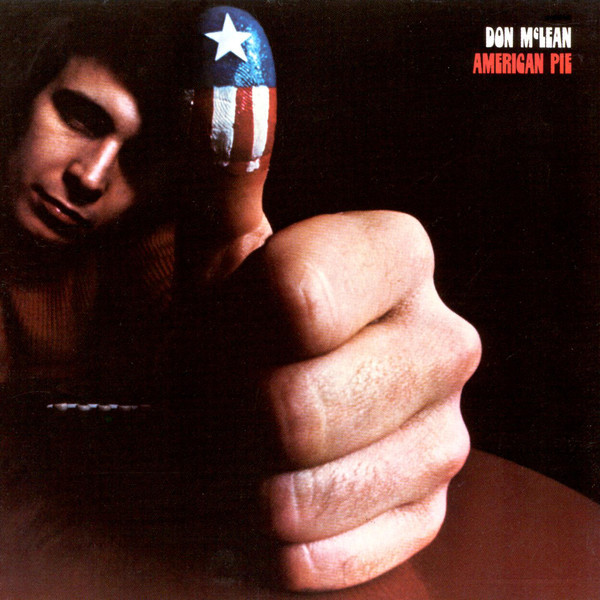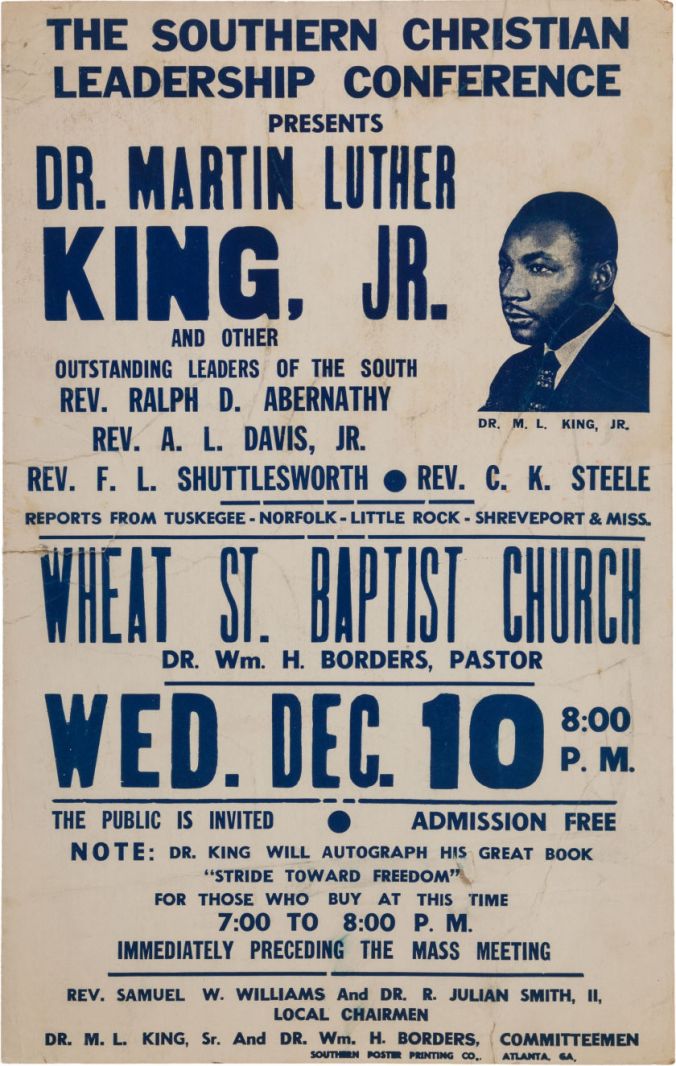 It may be the most analyzed song in pop music history: Don McLean’s “American Pie.” From the time it was released in 1971, fans and media alike began trying to decipher the 8-minute, 29-second pop masterpiece.
It may be the most analyzed song in pop music history: Don McLean’s “American Pie.” From the time it was released in 1971, fans and media alike began trying to decipher the 8-minute, 29-second pop masterpiece.
By April 7, 2015, any mysteries surrounding the long and winding lyrics should disappear. That’s when McLean’s original manuscript goes up for auction at Christie’s in New York. The 16-page draft — 237 handwritten and 26 typewritten lines (complete with notes, edits, and deletions) — is expected to reel in $1.5 million. And fans of the song will find out for sure what it all means: “The writing and the lyrics will divulge everything there is to divulge,” McLean told Reuters.
From the beginning, McLean acknowledged that Buddy Holly’s death was the springboard for “American Pie.” Early in the song, he took us back to the winter morning in 1959 when, as a young paperboy, the shocking headline jolted him: Buddy Holly, his musical idol, had died in a plane crash along with fellow pop stars Ritchie Valens and J.P. “Big Bopper” Richardson.
February made me shiver/With every paper I delivered
Bad news on the doorstep/I couldn’t take one more step
I can’t remember if I cried/When I read about his widowed bride
But something touched me deep inside/The day the music died.
Otherwise, he left “American Pie” shrouded in mystery, even as listeners probed, examined, and chewed on it. Over four decades, though, all that probing and chewing has made collective sense of the 872-word song. One of many lengthy analyses on the Internet appears at a website called www.UnderstandingAmericanPie.com. Its creator, Jim Fan, reviews the lyrics verse by verse, line by line, and offers this summary: “McLean was clearly relating a defining moment in the American experience — something had been lost, and we knew it.”
Holly’s death, for McLean, marked the beginning of that loss. As the new decade unraveled, the social climate in America “was changing radically,” as Jim Fan wrote, “passing from the optimism and conformity of the 1950s and early 1960s to the rejection of these values by the various political and social movements of the middle and late 1960s.”

Buddy Holly’s death was the inspiration behind “American Pie.” Don McLean grew up during the jukebox and sock-hop days of the 1950s, when Holly songs like “That’ll Be the Day,” “Peggy Sue,” and “Words of Love” were part of any teen’s soundtrack.
So as he raced through the imagistic verses of “American Pie,” McLean mourned the nation’s fading idealism. His references, as countless analysts have noted, were heavy on pop culture. Elvis Presley and Bob Dylan are there (“While the King was looking down/The jester stole his thorny crown”), and so are Beatles, multiple times (“The quartet practiced in the dark” and, later, “The sergeants played a marching tune”). The Byrds also appear (“Eight miles high and falling fast”), and the Rolling Stones’ Mick Jagger is supposedly “Jack Flash,” who “sat on a candlestick, ‘cause fire is the devil’s only friend.”
McLean also uses a football field, speculators have written, to symbolize the battles between the establishment and all kinds of champions of change. Back to Jim Fan: “As the 1960s revolution gathered momentum, the youth movement itself also gathered more players, as the more organized and pragmatic unity of the Civil Rights Movement and the New Left … began fragmenting into the Women’s Rights, Black Power, and Antiwar and Counterculture movements,” among others.
When McLean’s “American Pie” manuscript details circulate, they’ll no doubt corroborate these and other widely held interpretations. For now, McLean is at least painting broad strokes. He posted this personal note at his website in February 2015:
“For more than 40 years I have rambled around every state of the union and many, many countries of the world. My primary interests in life have been America, singing, songwriting, and the English language. I love the English language as much as anything in life, and words really do mean something.
“I thought it would be interesting as I reach age 70 [Oct. 2] to release this work product on the song ‘American Pie’ so that anyone who might be interested will learn that this song was not a parlor game. It was an indescribable photograph of America that I tried to capture in words and music and then was fortunate enough, through the help of others, to make a successful recording.
“I would say to young songwriters who are starting out to immerse yourself in beautiful music and beautiful lyrics and think about every word you say in a song.”
So… will McLean’s “American Pie” manuscript reach $1.5 million? If it even comes close, it’ll be in good company. Consider these prices paid for lyric manuscripts of iconic pop songs in recent years:
• $2.045 million for Bob Dylan’s “Like a Rolling Stone” lyrics, written on four notebook pages. (Sotheby’s, 2014)
• $1.203 million for John Lennon’s “A Day in the Life” lyric, a single page. Paul McCartney’s middle section (“Woke up, got out of bed…”) was not included. ( Sotheby’s, 2010)
* $1 million for Lennon’s “All You Need Is Love” one- page lyric. (Cooper Owen in London, 2005)
• $833,653 for Lennon’s “Give Peace a Chance” one-pager. (Christie’s, 2008)
• $485,000 for Dylan’s “A Hard Rain’s a-Gonna Fall” lyrics, a two-page document. (Sotheby’s, 2014)
Collectors of important pop culture artifacts clearly will open their wallets for historical, one-of-a-kind items. Here’s hoping that whoever winds up with “American Pie” will share the backstory.
• • • • • • •




![Dr. King's first appearance on Time magazine was in 1957. [Photo courtesy of Heritage Auctions]](https://antiquesroadshowinsider.wordpress.com/wp-content/uploads/2015/01/mlk-time.jpg?w=227&h=300)


![Martin Luther King greets onlookers from a motorcade in Baltimore, 1966. [Photo courtesy of Swann Auction Galleries]](https://antiquesroadshowinsider.wordpress.com/wp-content/uploads/2015/01/mlk-swann_photo_1250.jpg?w=676&h=456)

